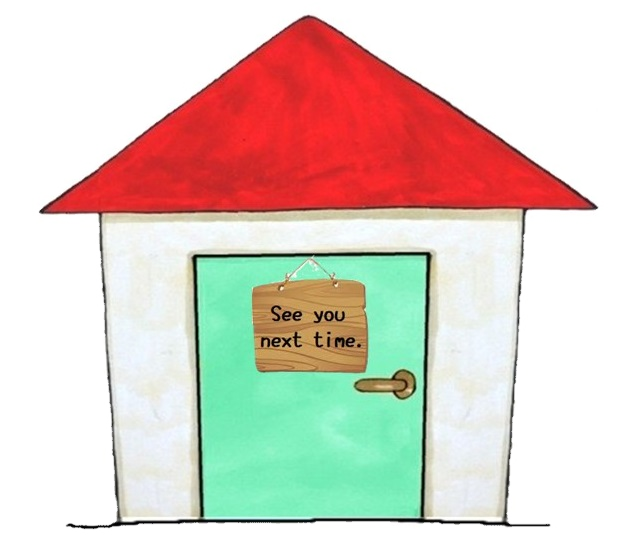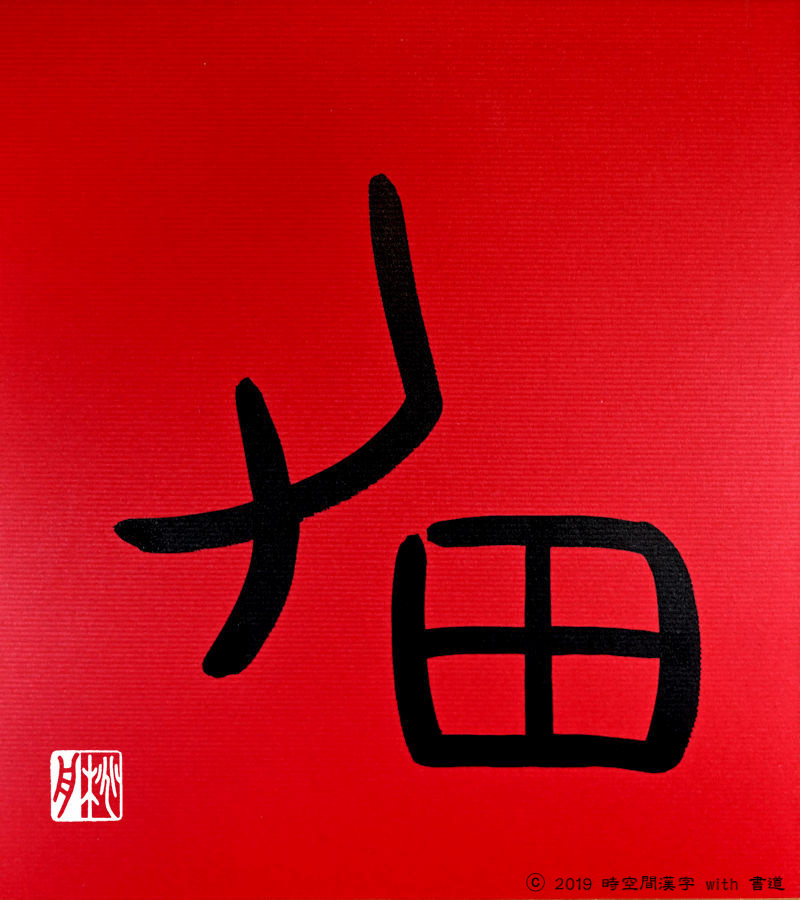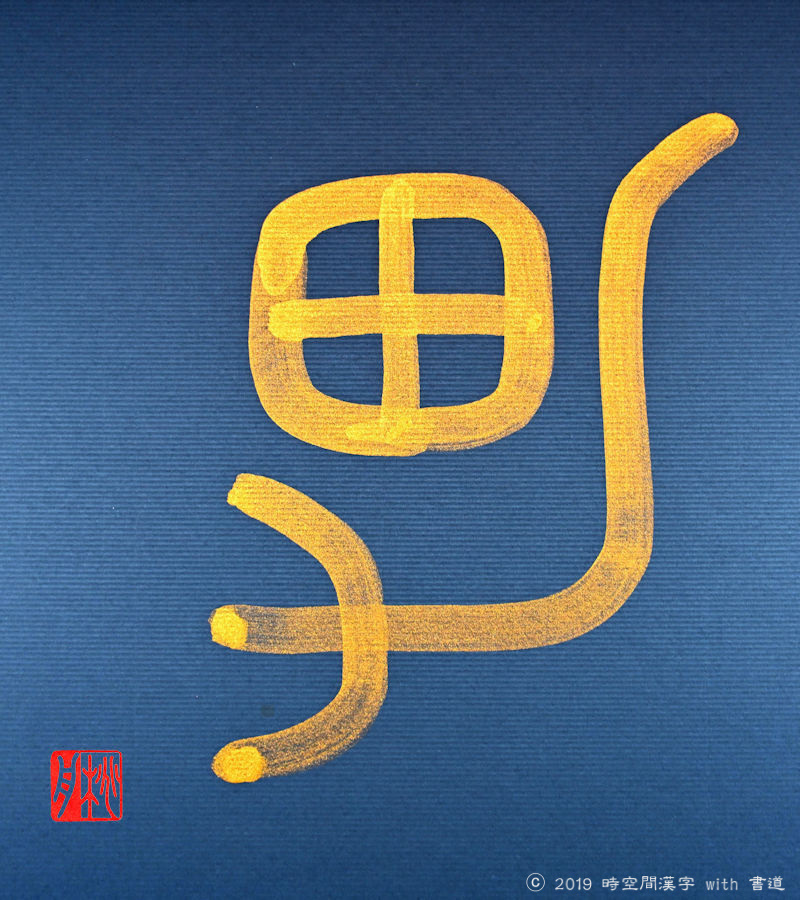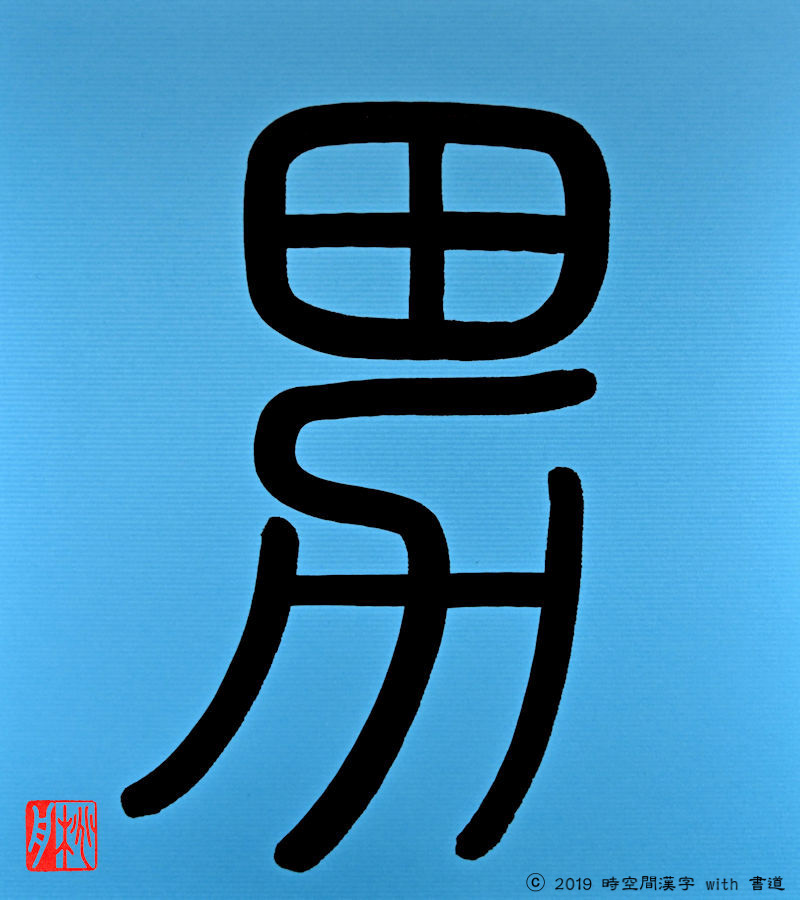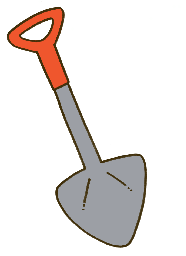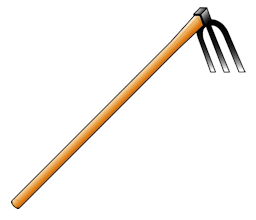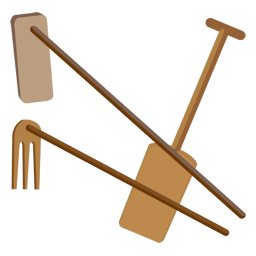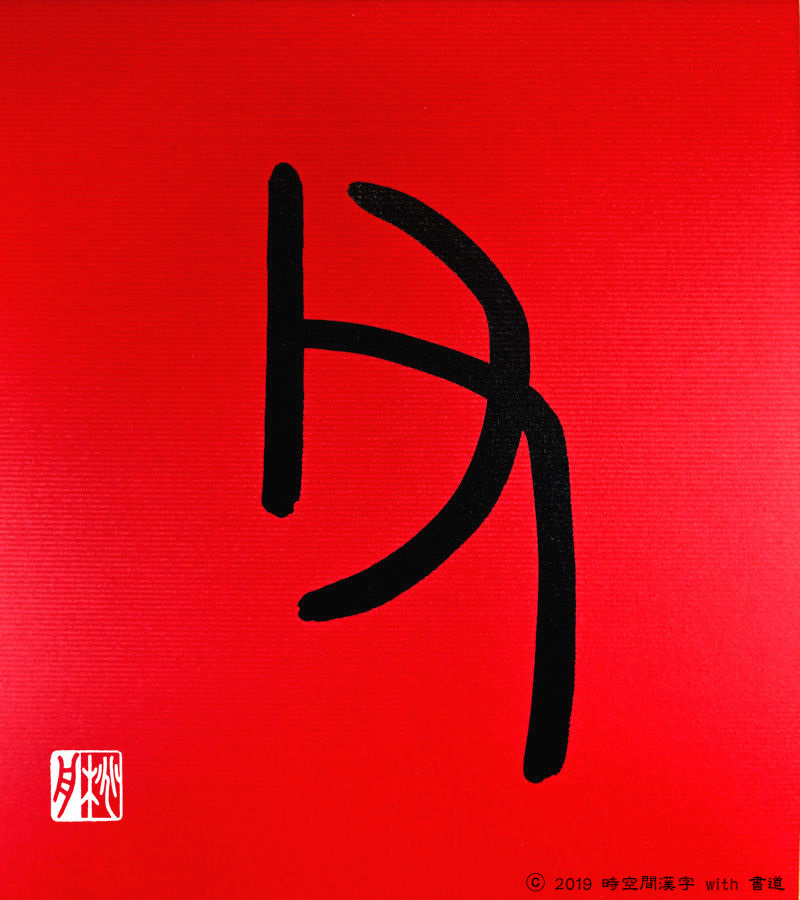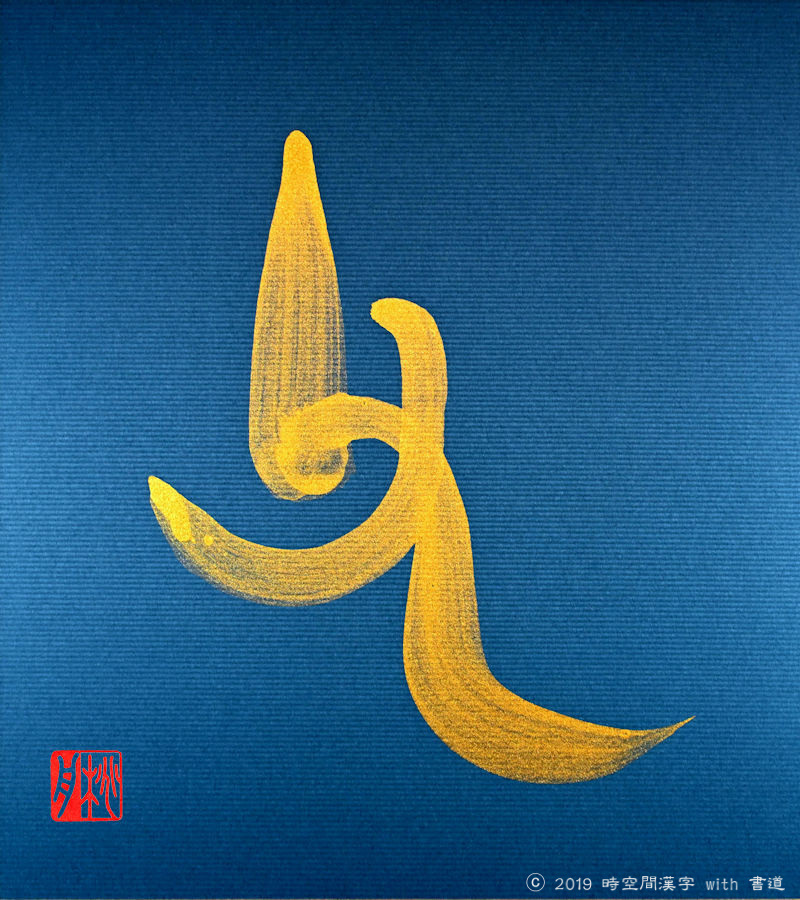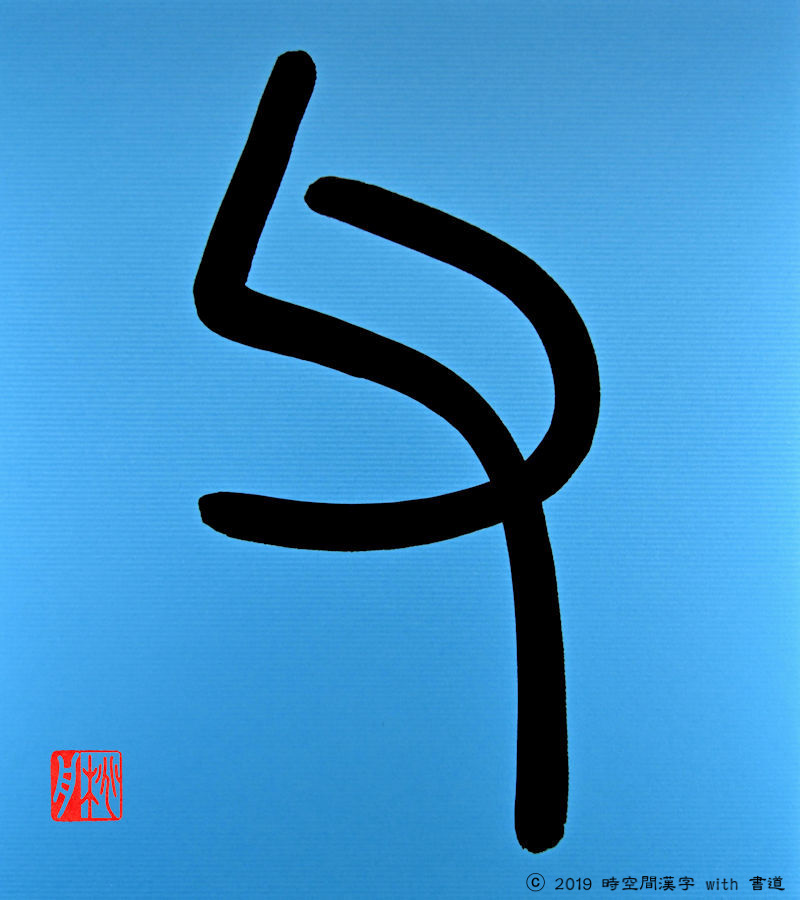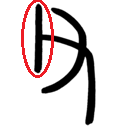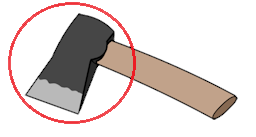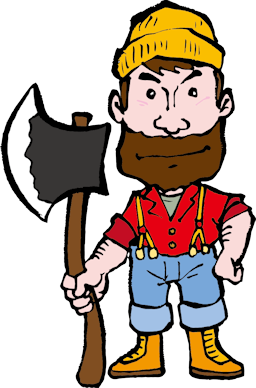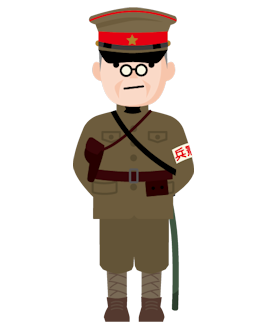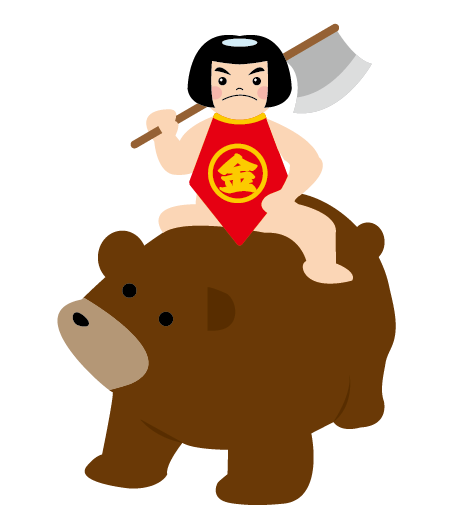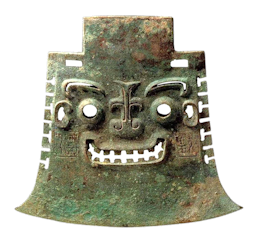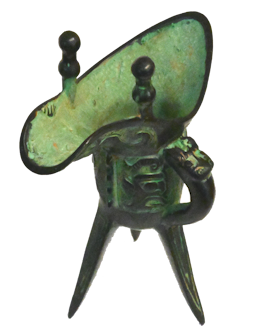Toshu's Kanji House 11th
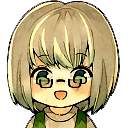 |
Thank you for waiting. Today's guests are 男"Man" 父"Father", and special guest, 子"Child". |
|---|---|
 |
Nice to meet you, I'm 男"Man". |
 |
I'm 父"Father". |
 |
I'm 子"Child". (*^^)v |
   |
3 of us are about 10,000 years old. (^^♪ |
 |
Exactly!! |
 |
{in a child's voice} Aren't you surprised? |
 |
Because I was surprised when I heard how old 女"Woman" and 母"Mother" were. |
   |
{together, but shifting off slightly} We were all Oracle Bone Script who were born in Yin Era of China. |
 |
You guys are talking together. |
 |
I think it's better to proceed rationally, so we will talk about what we can say together. |
 |
Thank you for your concern (^ _ -) - ☆ |
 |
Then, let me talk to you first!!
甲骨文字(Oracle Bone Script)
金文(Bronze Script)
|
 |
One of them is 田"Rice field"... |
 |
Well, then what about Tensho?
篆書(Tensho)
|
 |
The current character is 男"Man", so I think the other Kanji is 力"Strength". |
 |
Then what do you think 力"Strength" represent? |
 |
|
 |
Well, it's almost correct!! |
 |
I see. |
 |
That's right. I was combined with 田“Rice-field” that represents the farmland and 耒“Plow” that cultivates the rice field. |
 |
At first, it wasn't the Kanji which means 男"Man" today. |
 |
It's a good question. |
 |
Oh, I see. |
 |
Now, let me tell you about me, 父"Father". |
 |
Please go ahead. |
 |
Well, how do you see me, 父"Father"?
甲骨文字(Oracle Bone Script)
金文(Bronze Script)
篆書(Tensho)
|
 |
I have no idea. (*_*; |
 |
I know that... |
 |
Does this shape represent someone who is going to cut trees with an axe? |
 |
Wrong. |
 |
A symbol of command? |
 |
As I explained earlier, the Kanji for 父"Father" is the shape of holding the head of an axe in the hand, but at first it meant the person who had the right of command, that is, the person who commanded, but later it came to be used to mean 父"Father" because he commanded a child. |
 |
That sounds kind of scary, but it was such a time!! |
 |
For example, there is 王"King" as a representative Kanji. |
 |
It was the time to rule by force. |
 |
I'll tell you about it. |
 |
I thought it was a word for European aristocracy like France. |
 |
ZZzzZZzzZZ... |
 |
{in a low voice} HUH? It looks like 子"Child" has fallen asleep. |
  |
We talked too long! |
 |
Oh, please let him continue to sleep. |
 |
Thank you for your concern! |
 |
Please come together again next time. |
  |
Yes, we will. |
 |
Good night. |
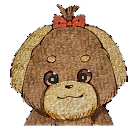 |
I want you to see the profiles of 男"Man" and 父"Father" here(Man 男/Father 父), Bow-Wow! |
 |
Toshu's Kanji House 12th is here. |
